The construction industry uses a variety of materials. Metals are used in structural and finishing roles. The application of a protective or aesthetic coating to the metal will depend on material type, environmental exposure, and visibility. Inspection of any applied coatings is important from quality control, cost, and aesthetic perspectives.
Galvanised coatings
Galvanised steel is commonly used in construction elements which are exposed to the atmosphere and thus corrosive moisture. Some applications include utility pylons, structural towers, bridges, roofing, and warehouses. Galvanising consists of a corrosion protective zinc coating applied to a steel substrate to prevent rust when it is exposed to the elements. The coating provides cathodic and barrier type corrosion protection.
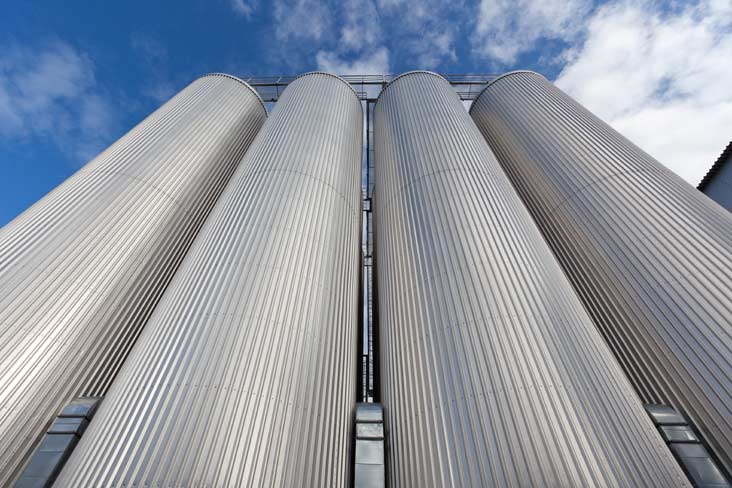
The thickness of the zinc coating applied to the steel depends on a number of factors. These include surface profile and surface composition. The thickness of the coating is important in that it correlates with the life expectancy of the product. As such, inspection of the galvanising thickness using a coating thickness gauge is an important quality control procedure. All of our coating thickness gauges can measure the thickness of galvanising.
The zinc coating thickness will depend on the method of application but hot dip galvanising produces a thicker coating than other processes. Minimum spot and average zinc coating thicknesses on fabricated iron and steel articles using the hot dip method are described in ISO 1461. This specifies a minimum spot coating thickness on non-centrifuged articles of 30-70µm depending on steel thickness and surface composition. Minimum zinc coating thicknesses for other processes are listed in ISO 14713.
While galvansing can be thinner than typical paint coatings, our coating thickness gauges can measure from 0µm upwards in 1µm increments. Our FN CM gauge, which can measure in even finer 0.1µm increments, provides even greater resolution which can be useful on thinner coatings.
Paint coatings
Paint is a commonly applied barrier coating that can provide a relatively resilient corrosion protective coating. It also offers the potential to provide an aesthetic visual aspect through colour and finish options. It is also a coating than can be applied to almost any material, both structural and finishing components.
While some steel beams may be finished in galvanised coating, likewise there is an option of a painted coating. Paint can provide a thicker coating than galvanising, although it will depend on the application method used and particular specifications. The bond strength of this type of coating to the underlying steel substrate is lower than galvanising. Intumescent paint coating of structural steel can enhance fire resistance. Given the safety aspects of this type of coating, ensuring an adequate thickness has been applied by post application measurement is important.
Sometimes intumescent paint coatings can be relatively thick, necessitating a paint thickness gauge with an extended range. Our FN Max coating thickness gauge can measure coating thicknesses up to 5mm thick on steel and ferrous metals.
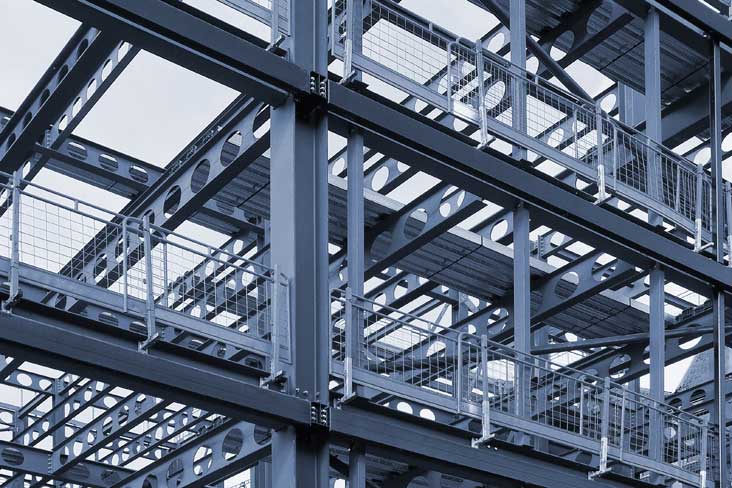
When the application method is manual rather than robotic, the resulting paint thickness can vary to a greater extent, even in the hands of a skilled painter. With either application method, quality inspection of the finished product is important to ensure required specifications are met but also to optimise paint costs. The use of a coating thickness gauge (often more narrowly referred to as a paint thickness gauge) allows this to be done quickly and easily.
Thermal spray coatings
Steel can have aluminium or zinc applied as a spray coating. Molten metal is sprayed onto the steel surface, resulting in an alumnium or zinc coating. Typical thicknesses of these coatings can be in the range of 100-200µm for aluminium and 100-150µm for zinc. The coating thickness can be measured using a magnetic induction type coating thickness gauge given that they are non-ferrous coatings on a ferrous substrate. All of our coating thickness gauges have this operating mode.
Material thickness
In the construction industry, the thickness of materials is also an important factor in their strength, load bearing capacity, resilience, and potential lifespan. Measurement of the thickness of these materials can be conducted in certain places using older style mechanical instruments such as calipers or micrometers. However, there is a limitation in using these in areas where access is not possible or to measure through thicknesses on enclosed profiles.
An ultrasonic thickness gauge can measure through thickness of a range of materials. The thickness of sheet metal, tanks, barrels, ducting, pipework, and glass panels are just a few examples of applications where such gauges provide convenient and fast digital thickness measurement. Our Ultra model thickness gauge has the ability to measure on a range of solid materials, including metals, plastics, and glass.
-
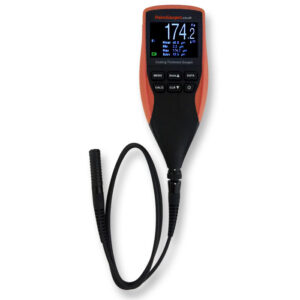 FN Ext Coating Thickness Gauge£299.99
FN Ext Coating Thickness Gauge£299.99 -
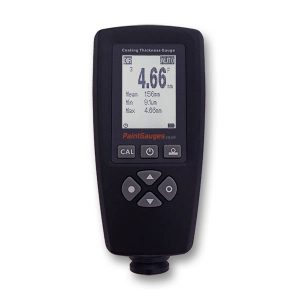 FN Max Coating Thickness Gauge£329.99
FN Max Coating Thickness Gauge£329.99 -
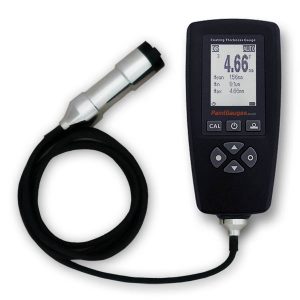 FN Max Ext Coating Thickness Gauge£379.99
FN Max Ext Coating Thickness Gauge£379.99
